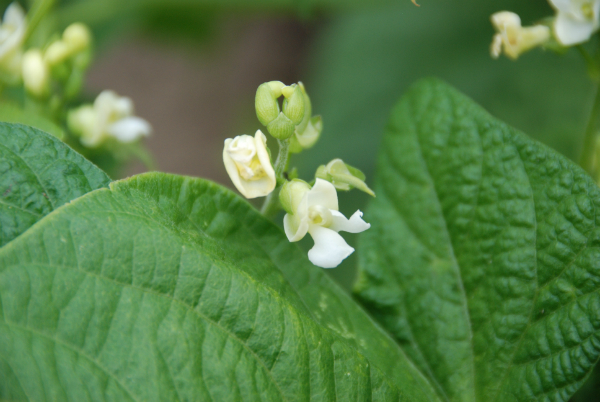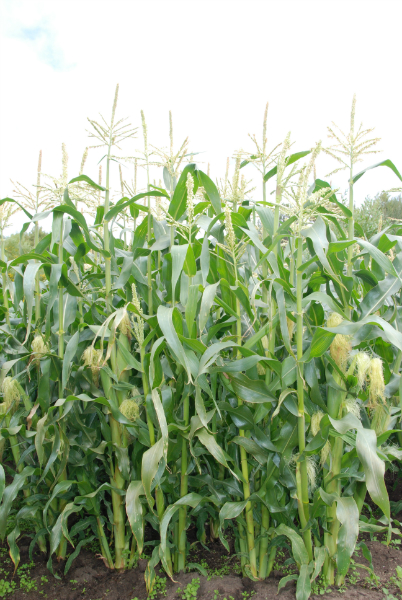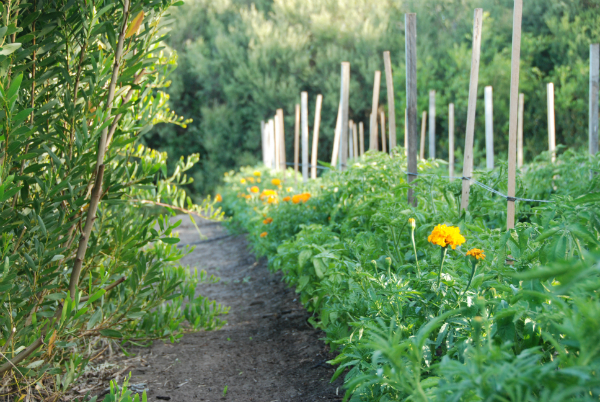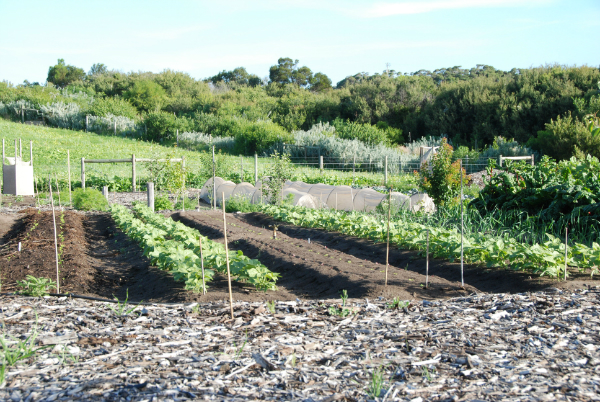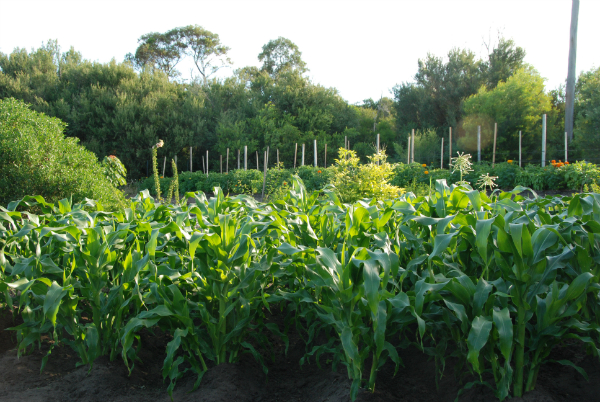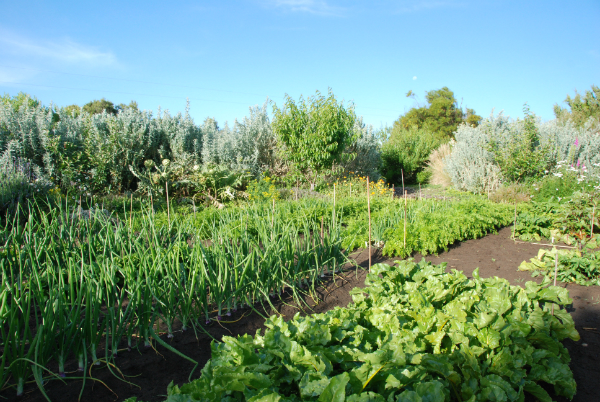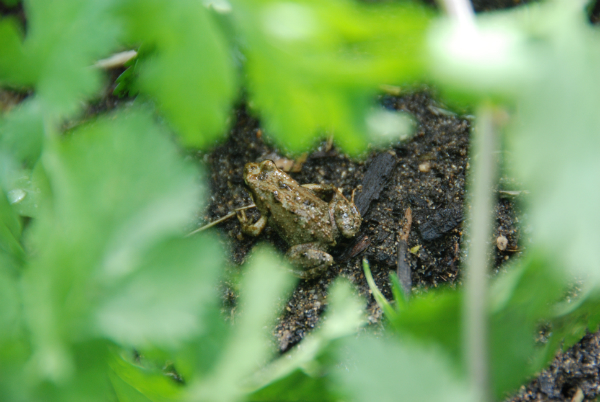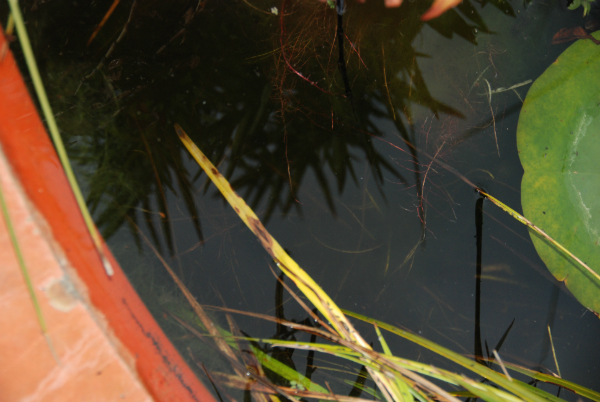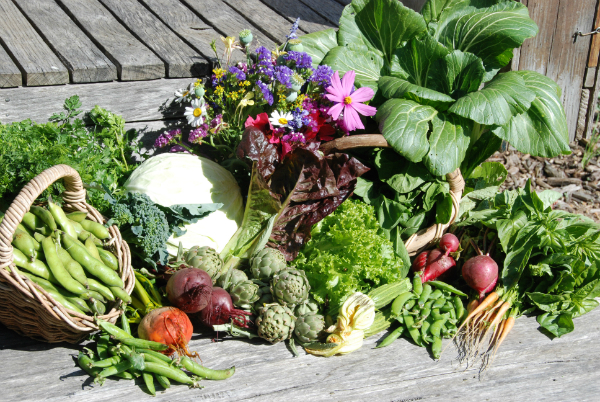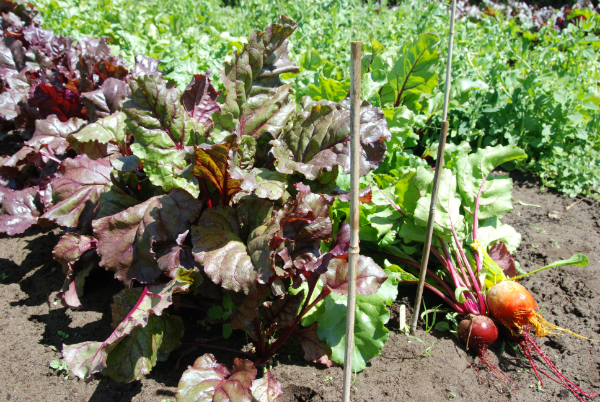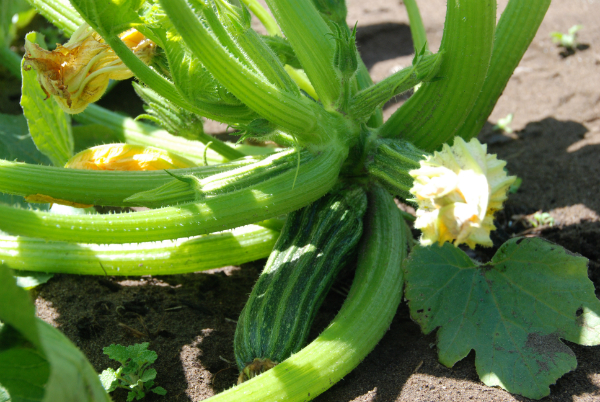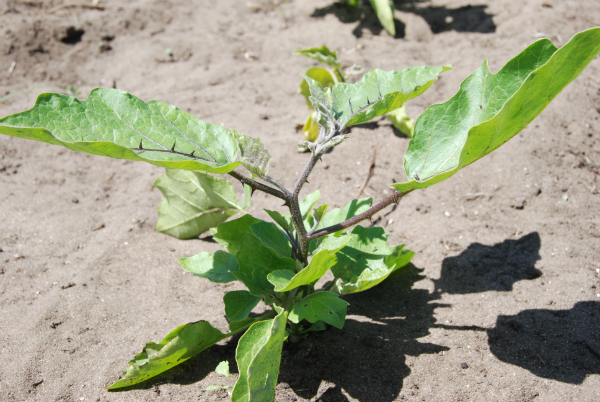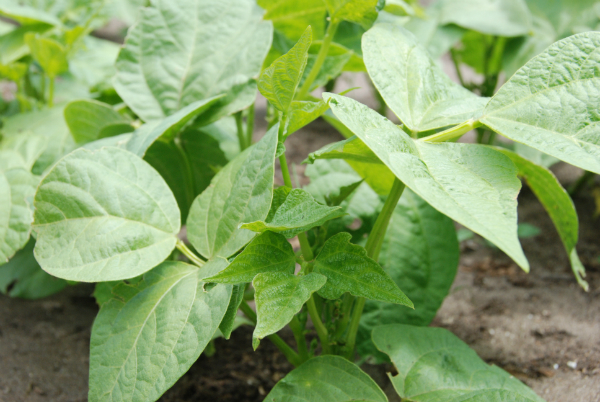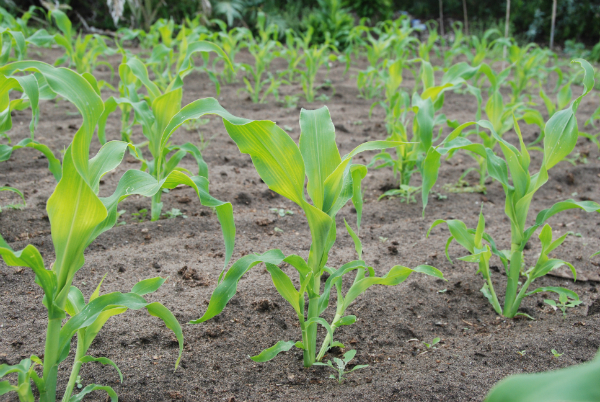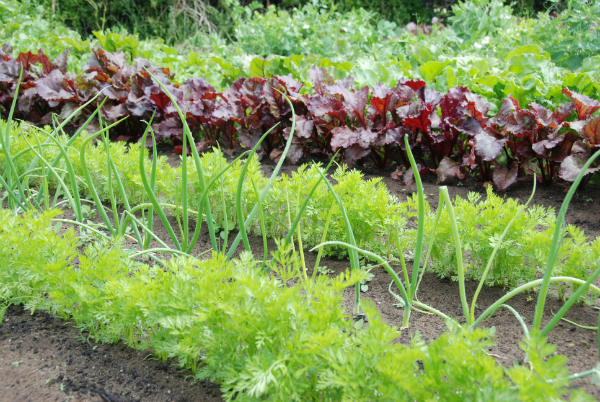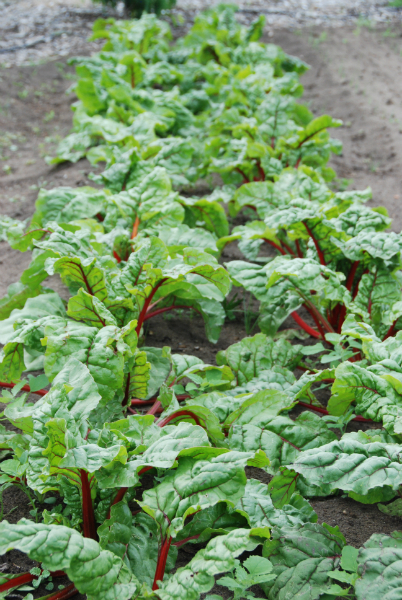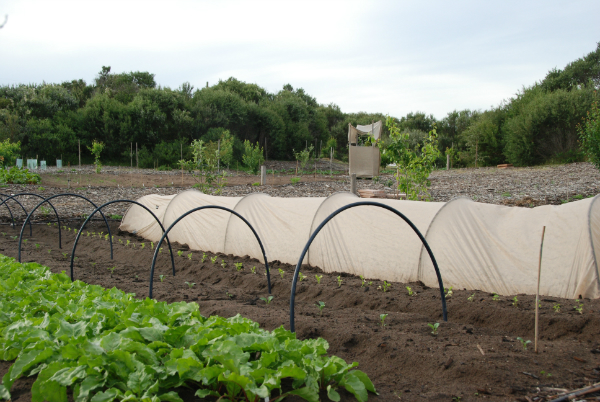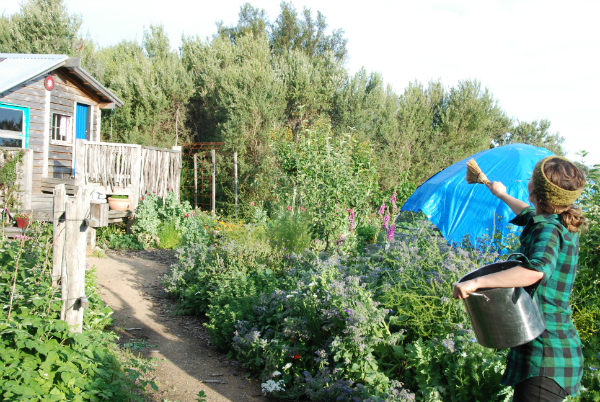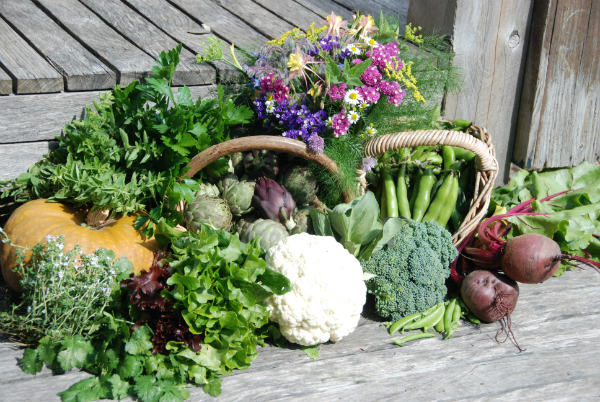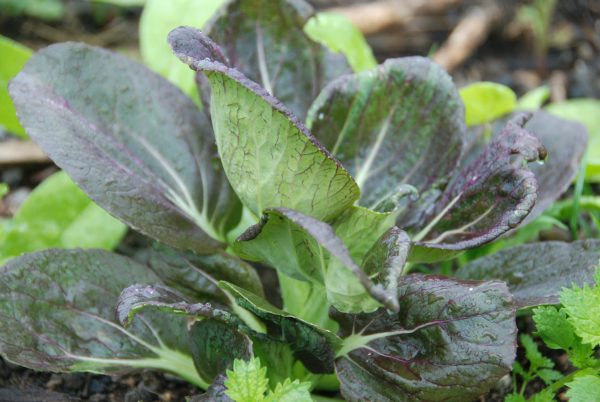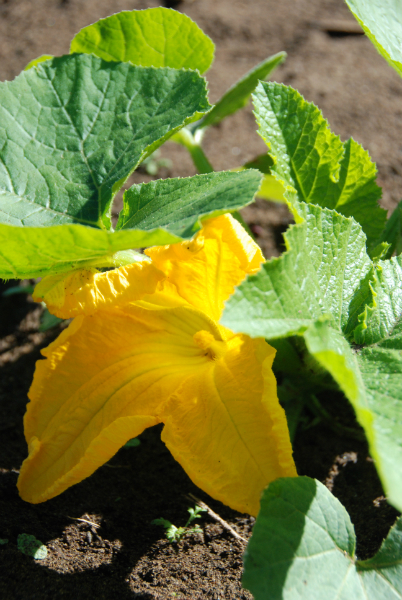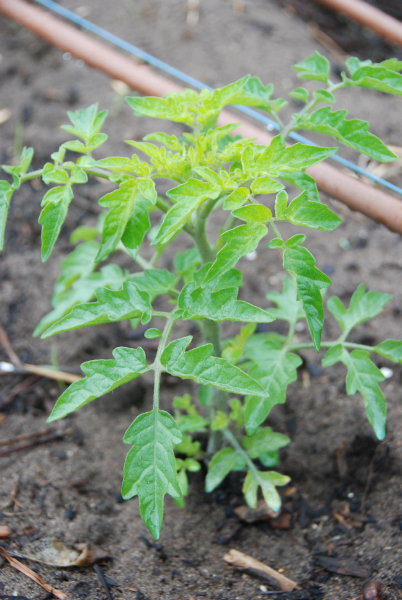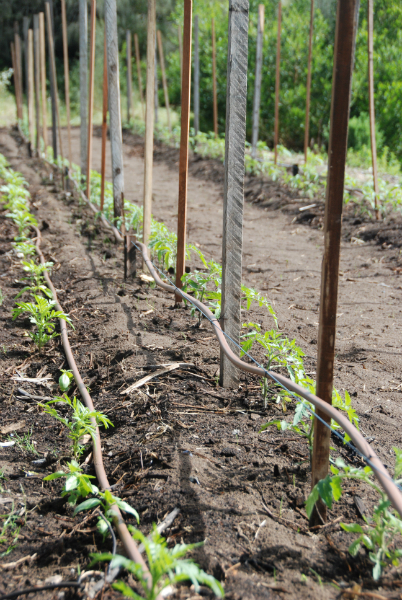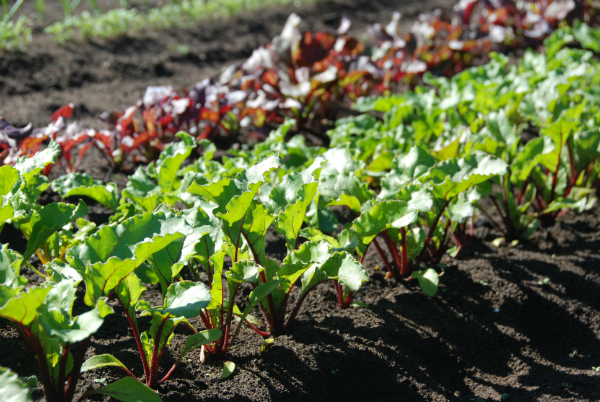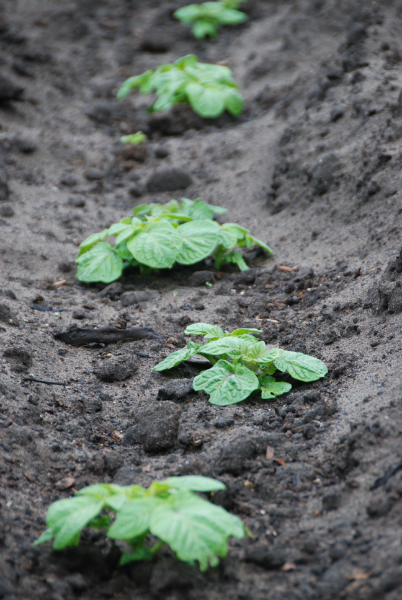Christmas / New Years Harvest
/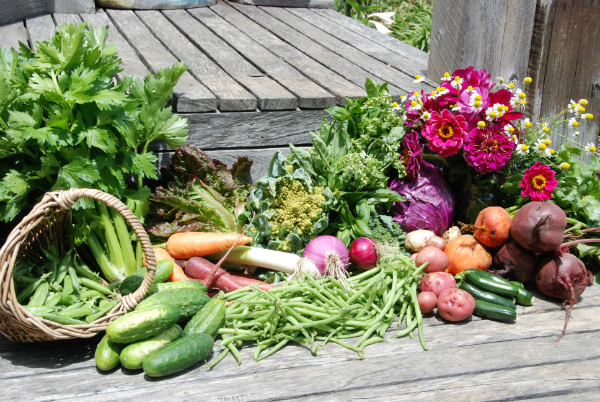 With the summer solstice last week, we started harvesting a few "summer" vegetables like stringless green beans 'Strike' and the small "pickling" cucumbers 'Sumter'.
With the summer solstice last week, we started harvesting a few "summer" vegetables like stringless green beans 'Strike' and the small "pickling" cucumbers 'Sumter'.
We were also able to dig new season potatoes, 'Pontiacs', 'Desiree' and 'Colibans'. Although their skins are still soft (not ready for storing), they are actually quite big in size. The small chats, are tender and sweet steamed...yes! steamed, with a bit of butter, salt and parsley. Both are delicious roasted with olive oil, salt and rosemary. Boiled until just soft, they made a yummy potato salad mixed with slightly steamed green beans.
We have another planting of 'Romanesco' broccoli ready. It is so unusually with its lime green whirls and has a delicious texture and flavour. Our next planting of 'DeCicco' broccoli is ready now. Although the heads are not as tight and big as other varieties, it is wonderful in stir-fries. 'Red Rock' cabbage is coming on with a nice tight head. We left these without a row cover and although there is signs of green cabbageworm damage on the outside leaves, there are no worms inside the heads.
'Burpees Golden' beetroot is wonderful mixed with red beetroot and carrots and roasted or grated into a salad. They are sweet enough to eat like an apple and have the added bonus of not staining like the lovely red beetroot. 'Bulls Blood' and 'Globe' beetroot are both red varieties which are wonderful raw, roasted and boiled.
We have five varieties of carrots. The 'Purple Dragon' is purple on the outside and orange on the inside. They loose some of their colour cooked but still taste delicious. We think that the 'Atomic Red' carrots taste slightly like peppermint raw. Roasted, they crisp on the outside like a carrot chip.
This is our last crop of peas. The hot weather wears the pea plant out. We loved having the peas raw in our Christmas salad with lettuce, spinach, and grated beetroot. Very festive colours.
We have had a good supply of zucchini; small ones for stir fries and medium ones for grilling. We grilled the last lot with a pesto marinade and then rolled a marinated feta and semi dried tomatoes inside. The 'Romanesco' zucchini have a defined scalloped edge surrounding them, which looks wonderful sliced on an angle and grilled.
There is lots of basil now for making pesto and adding to Asian style dishes. We have 'Italian Green', a large green leaf variety, 'Opal', a purple leaf variety, 'Thai' a small leaf with purple edged variety that has a slight cinnamon scent, 'Lemon', a small leaf green variety great with fish, salads and Arborio rice, and 'Lime', a small leaf green variety wonderful in Indonesian style dishes.
We are trialing a self-blanching celery variety "Dorata D'Asti". So far, the flavour is wonderful but it is a bit stringy for raw eating. It is great cooked though and fantastic in stocks.
We have continued to harvest parsley and coriander and have more plantings coming on. We also have continued to harvest English spinach and rocket. We have nine lettuce varieties, which include oak leaf, red cos, 'Freckles' a green leaf variety with red spots, green cos and a butter green leaf lettuce 'Mignonette'. There are lots of calendula, borage and nasturtium flowers to add into a salad mix.
There are also red and brown onions, spring onions and leeks.
The farm is looking wonderful! We are very thankful that the Christmas hailstorms missed us! The wind has been the most damaging thus far but besides some brassicas that were ring barked from the strong wind, everything managed well. Here is a look at all of the flowers on the crops.
Our first red tomato is sitting on the windowsill with more not far behind and the corn tassels are starting to turn brown. I do not think we will have corn for New Years Eve but it is pretty close! Happy Summer and All the Best in the New Year!
Gardening notes for this week have been posted. These gardening notes offer further insight into the biodynamic and sustainable farming practices that we are using as well ideas for the home gardener.
If you are unable to use the embedded links contained in this update, or unable to view the update, please copy the following
http://transitionfarm.com/index.php/seasonal-notes/
and paste it into your internet browser.
On the right of the Seasonal Notes page, there are links to previous posts sorted by month. You can also click on any of the bold words under the heading “TAGS” and search for any posts on those topics.




